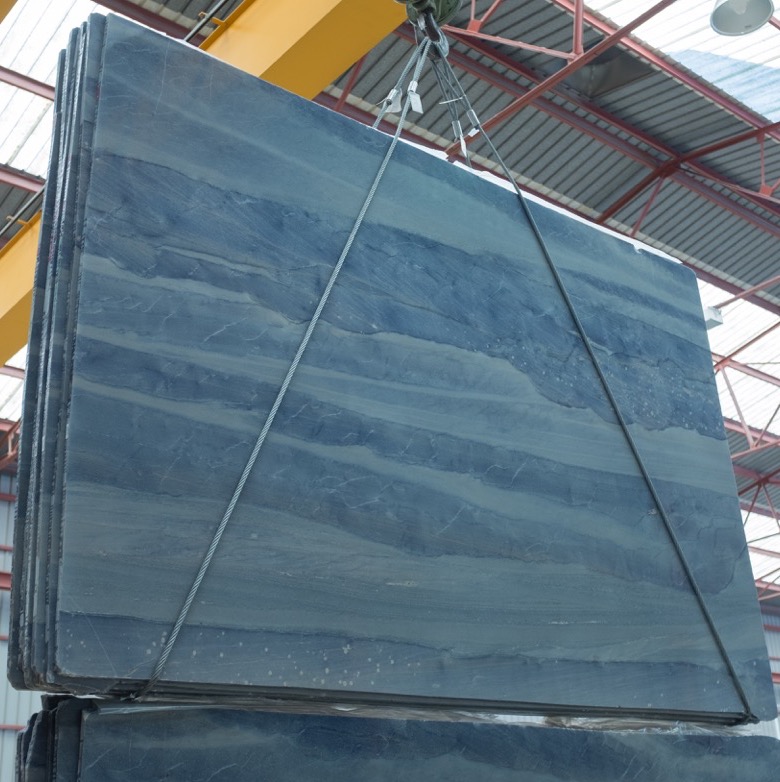
Is Marble Environmentally Friendly?
If you’re planning to remodel your bathroom to a luxury standard, you’ve probably considered marble as a feature material. After all, it is arguably the most beautiful of all building materials and its domestic use stretches back to the very beginning of civilisation.
One of the questions that’s likely gone through your head when making that consideration, however, is: ‘but is marble environmentally friendly?’ Well, we’re going to look at the various environmental factors associated with the use of marble in the bathroom so we can answer that question honestly and without commercial consideration, so that you can make an informed decision.
Marble production
The building sector is often referred to as “the 40% sector,” as it accounts for about 40% of the world’s energy consumption. Yet, as the global population continues to grow, necessity dictates that we keep building. Which means, if we want to lower our contribution to climate change, we must draw from sources that have the lowest degree of negative impact on the earth.
Marble is a type of limestone or dolomite stone, which has been quarried for many hundreds of years. Up until the 16th Century, the techniques for extracting marble used metallic chisels and wooden wedges that were used to prise open the marble between its different layers. It was a long, arduous process, which is why it was a role often assigned to unskilled labourers. However, with the invention of explosives came the opportunity to dramatically simplify and increase marble production.
Modern domestic marble quarrying, which produces between 50,000 and 75,000 tons a year, is an energy-intensive activity. Back in 1907, Scientific American reported that: “Few, if any industries in the world have a greater percentage of waste than marble quarrying as it is done in Italy [which accounts for 18% of the world’s marble production].” This is as a result of the rubble caused by the explosives, which, though significantly reduced via more precise usage and technology, is still produced today. Additionally, the removal process, itself, continues to use large amounts of electric and thermal energy.
Artificial marble
Over time, however, the marble industry has not only figured out techniques for minimising waste and increasing the precision of explosives, but has also learned how to maximise uses for waste marble. Artificial marble combines marble dust with cement or synthetic resins to bond it, resulting in what we call ‘cultured marble’. Its appearance is very similar to pure marble, but it has a glossy appearance with more uniform veins and colour. Its production methods are not dissimilar to those of Corian® or Silestone® in that it is formed inside heated moulds. And its use in creating washbasins, tiles, counter tops, vanities and bathtubs ensures that marble quarries are not only able to maximise their profitability but also minimise their waste products.
The longevity of marble
Using marble dust in this way, of course, most certainly reduces the environmental impact of quarrying. However, it also arguably improves the environmental impact of marble by making it longer lasting. When combined with cement or polymers, the marble becomes non-porous, meaning that it does not degrade over time, so cultured marble will be incredibly hard-wearing and long-lasting. Not that this is necessarily an issue anyway.
Pure marble may well be a porous material that can change colour with exposure to acidity and extreme heat. However, just look around you to any major city boasting historical monuments. Marble lasts for multiple lifetimes. There are those who argue that marble should be treated every six months with sealant in order to stop it from degrading, but the truth is, marble buildings long precede artificial sealants and the material does not need them, unless you’re using it in the kitchen, where you may expose it to spillage and hot pans.
Do you think the 400-year old Taj Mahal in India or the 2,000-year old Odeon of Herodes Atticus Theatre in Greece were treated with a sealant? Of course not and they are still magnificent, in spite of being exposed to the elements for multiple centuries. Stone lasts longer when it is allowed to breathe and, so, you should not be afraid to allow your marble to age. It will develop character over the years and its environmental impact will be lessened by avoiding sealants that are high in Volatile Organic Compounds, which easily become vapours or gases and, thus, have high degrees of toxicity.
How do trends impact on the environment?
In addition to being long-lasting, marble is also recyclable, so you can take it with you if you decide to move house. Or you can call a marble company and they can pick up the pieces free-of-charge and reuse them elsewhere. So, even if you’re a dedicated follower of fashion and you tend to enjoy modelling your home based on whatever your favourite interior design blog tells you is hot right now, then you can enjoy marble in your home until you’re ready to remodel again, so long as you behave yourself and make sure it does get recycled.
The thing is, though, marble is expensive and, if you don’t plan on keeping it for a lifetime (and maybe even handing it down to your kids or grandkids) or ensuring that it’s recycled, then it is unnecessarily wasteful and will have a negative impact on the environment. Marble is a luxury material because it is chosen for its timelessness and ability to outlast fashion, so bear that in mind before you buy.
Opulence is not synonymous with waste. It is, however, closely related to heritage, history and legacy. So, if you are designing a bathroom with those factors in mind, then marble is most certainly a much, much more sustainable choice than something that might end up in a landfill after five or ten years.